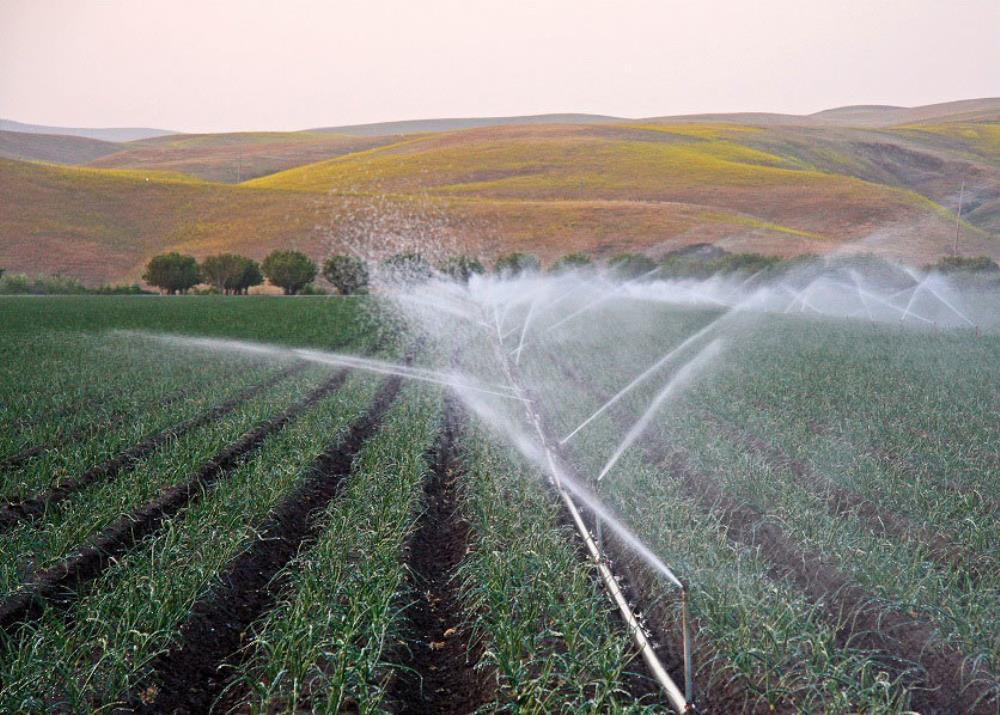
Related items loading ...
Section 1: Publication
Publication Type
Journal Article
Authorship
Moslemi-Aqdam, M., Low, G., Low, M., Laird, B.D., Branfireun, B.A., Swanson, H.K.
Title
Estimates, spatial variability, and environmental drivers of mercury biomagnification rates through lake food webs in the Canadian subarctic
Year
2023
Publication Outlet
Environmental Research, 217, 114835
DOI
ISBN
ISSN
0013-9351
Citation
Moslemi-Aqdam, M., Low, G., Low, M., Laird, B.D., Branfireun, B.A., Swanson, H.K. (2023) Estimates, spatial variability, and environmental drivers of mercury biomagnification rates through lake food webs in the Canadian subarctic. Environmental Research, 217, 114835.
https://doi.org/10.1016/j.envres.2022.114835">
https://doi.org/10.1016/j.envres.2022.114835">
https://doi.org/10.1016/j.envres.2022.114835">
https://doi.org/10.1016/j.envres.2022.114835 https://doi.org/10.1016/j.envres.2022.114835">
https://doi.org/10.1016/j.envres.2022.114835">
https://doi.org/10.1016/j.envres.2022.114835">
https://doi.org/10.1016/j.envres.2022.114835 Data used in this research is available on Polar Data Catalogue (CCIN Reference No: 13080) and in the online Supplementary Information (
https://doi.org/10.1016/j.envres.2022.114835">
https://doi.org/10.1016/j.envres.2022.114835">
https://doi.org/10.1016/j.envres.2022.114835">
https://doi.org/10.1016/j.envres.2022.114835)
Abstract
Biomagnification of mercury (Hg) through lake food webs is understudied in rapidly changing northern regions, where wild-caught subsistence fish are critical to food security. We investigated estimates and among-lake variability of Hg biomagnification rates (BMR), relationships between Hg BMR and Hg levels in subsistence fish, and environmental drivers of Hg BMR in ten remote subarctic lakes in Northwest Territories, Canada. Lake-specific linear regressions between Hg concentrations (total Hg ([THg]) in fish and methyl Hg ([MeHg]) in primary consumers) and baseline-adjusted ?15N ratios were significant (p < 0.001, r2 = 0.58–0.88), indicating biomagnification of Hg through food webs of all studied lakes. Quantified using the slope of Hg-?15N regressions, Hg BMR ranged from 0.16 to 0.25, with mean ± standard deviation of 0.20 ± 0.03). Using fish [MeHg] rather than [THg] lowered estimates of Hg BMR by ?10%, suggesting that the use of [THg] as a proxy for [MeHg] in fish can influence estimates of Hg BMR. Among-lake variability of size-standardized [THg] in resident fish species from different trophic guilds, namely Lake Whitefish (Coregonus clupeaformis) and Northern Pike (Esox lucius), was not significantly explained by among-lake variability in Hg BMR. Stepwise multiple regressions indicated that among-lake variability of Hg BMR was best explained by a positive relationship with catchment forest cover (p = 0.009, r2 = 0.59), likely reflecting effects of forest cover on water chemistry of downstream lakes and ultimately, concentrations of biomagnifying MeHg (and percent MeHg of total Hg) in resident biota. These findings improve our understanding of Hg biomagnification in remote subarctic lakes.
Plain Language Summary


 GWFNet
GWFNet Master
Master Research
Research Map
Map
 Advanced
Advanced . . .
. . .

 Metadata Editor
Metadata Editor
 Record List
Record List
 Alias List Editor
Alias List Editor
 Legacy sites
Legacy sites